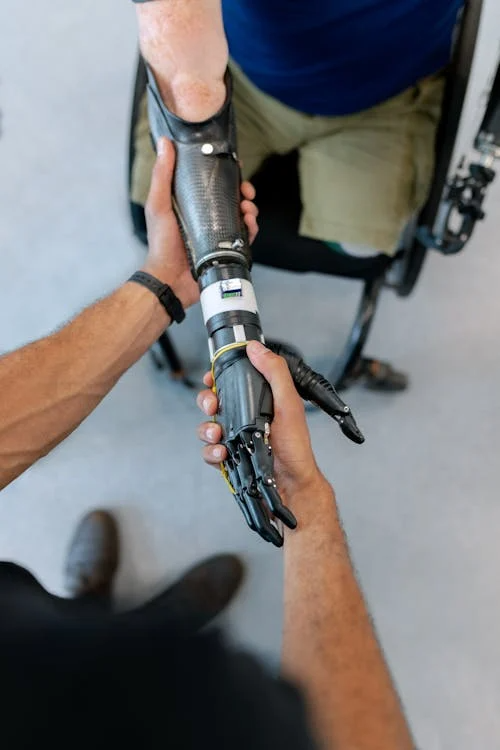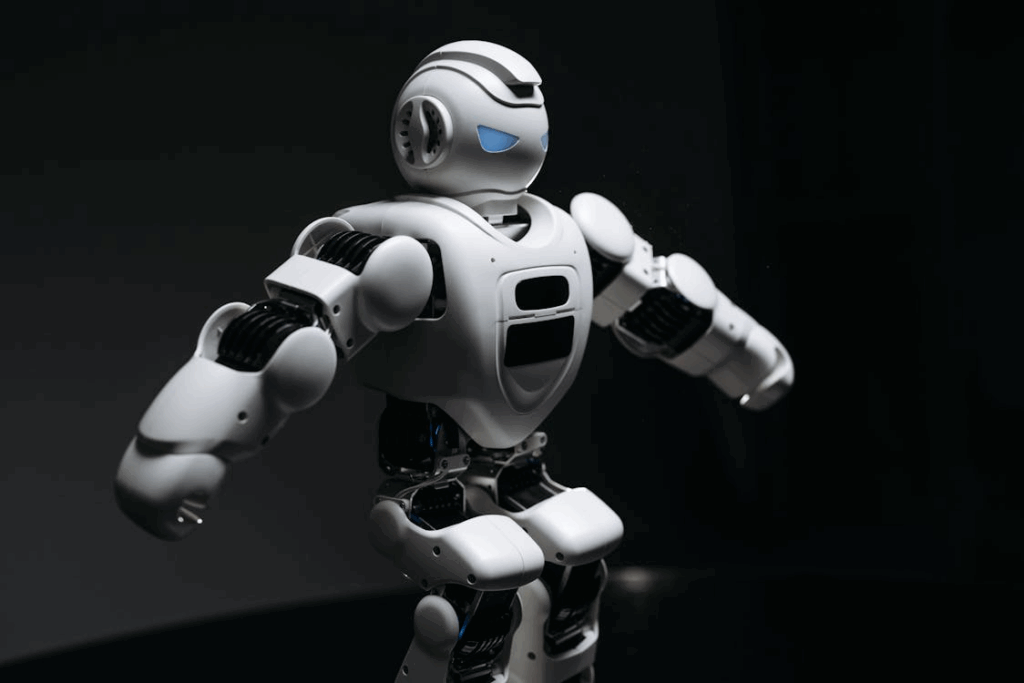Building an Agent-Ready Culture
8. Building an Agent-Ready Culture

As organizations accelerate AI adoption, particularly through autonomous and semi-autonomous agents, success is no longer defined solely by technological prowess or model performance. It hinges just as critically on the adaptability of the human workforce, the mindset of leadership, and the resilience of cultural frameworks within the enterprise.
An agent-ready culture is not merely one that deploys AI agents, it is a culture that thrives alongside them. It empowers employees to collaborate, co-create, and evolve with intelligent systems, rather than being sidelined or displaced by them. Such a transformation demands deep shifts: in how organizations train their people, structure their workflows, govern technology use, and foster innovation from the ground up.
Establishing this culture requires moving beyond surface-level AI training or basic change management. It involves:
Bringing new human-agent collaboration skills across roles.
Driving organizational change strategies that reduce fear and increase adoption.
Harnessing the energy of bottom-up innovation, including the rise of citizen developers and shadow agents.
This section explores the three essential pillars of an agent-ready culture: re-skilling for the future of work, leading change to overcome resistance, and building frameworks to support unofficial and grassroots agent experimentation—turning potential risks into scalable innovation.
Together, these elements create not just a workforce that tolerates AI, but one that amplifies its impact through empowered, forward-thinking human action.
Explore the Pulse of Ethical AI in Section 6.4 of HonestAI’s 5th Edition
Step into Insights & Figures and discover the data behind today’s most trustworthy AI breakthroughs. Our June edition unveils the numbers driving responsible innovation — don’t miss the trends shaping the future of ethical AI.
Table of Contents
8.1 Skills of the Future: Training a Human-Agent Workforce
The rise of AI agents doesn’t eliminate human workers, it transforms their roles. Future-proof teams are not only AI-aware but AI-augmented, collaborating seamlessly with digital agents to deliver outsized value.
Key Competencies to Cultivate:
Agent Interaction Literacy: Just as digital literacy was essential in the 2000s, agent fluency is now vital. Employees must understand how to prompt, guide, debug, and interpret agent behavior.
Critical Thinking with AI Judgment: Workers must validate outputs, challenge recommendations, and avoid blind reliance on AI.
Data Stewardship: With agents drawing on internal data lakes, all employees become data custodians, responsible for maintaining quality and ethical boundaries.
Agent-Oriented Design Thinking: From product teams to HR, staff must learn to design workflows that integrate agents as coworkers, not just tools.
Training Formats That Work:
Agent Simulations: Role-play exercises where humans collaborate with or audit AI agents in realistic scenarios.
Prompt Engineering Bootcamps: Hands-on workshops teaching how to extract optimal value from agents like GPT-4o.
Cross-functional Labs: Interdisciplinary groups working on real challenges with co-pilots and agents.
8.2 From Resistance to Adoption: Leading Organizational Change
Resistance to AI agents often stems from fear of job displacement, lack of trust, or poor change management. Overcoming this means more than onboarding a new tool—it means orchestrating a mindset transformation.
Change Management Framework:
Psychological Safety First: Leaders must openly address fears around AI, positioning agents as amplifiers, not replacers.
Narrative Control: Use storytelling to showcase success stories and normalize agent adoption (e.g., “This agent helped us reduce onboarding time by 70%.”).
Inclusive Deployment: Involve users early in pilot phases, creating a sense of ownership. Bottom-up innovation drives faster top-down change.
AI Champions Network: Identify internal evangelists, employees who embrace agents and can mentor peers.
Incentivizing Agent Adoption:
Recognize “most innovative agent use” via internal awards.
Align performance KPIs to agent collaboration metrics.
Provide career pathways that include AI augmentation proficiency as a promotable skill.
8.3 Shadow Agents: Managing Unofficial AI Use, Internal Agent Hackathons & Citizen Developers
What Are Shadow Agents?
Shadow agents are AI-powered tools or agents deployed without formal IT oversight. They’re often built by “citizen developers” using tools like:
Zapier + GPT integrations
Custom GPTs with internal data
No-code platforms like Bubble or Retool
Risks:
Data Leakage: Unsanctioned agents might inadvertently access or expose sensitive data.
Redundancy: Teams may build overlapping agents that bloat costs and create confusion.
Lack of Guardrails: No logging, auditing, or fallback systems for unsanctioned tools.
Strategy: Govern Without Killing Innovation
Create a Shadow-to-Structured Pipeline: Formalize a process where promising “shadow agents” can be elevated, hardened, and deployed enterprise-wide.
Internal Agent Hackathons: Encourage employees to innovate with AI in supervised sprints—IT and Legal teams can guide guardrails.
Citizen Developer Enablement Programs: Provide safe sandboxes and pre-approved APIs, encouraging responsible bottom-up development.
Final Thought
An agent-ready culture isn’t just about training or tools—it’s about trust, empowerment, and evolving the human-agent partnership. The future belongs to organizations where humans and AI co-create value, where every employee is agent-literate, and where innovation flows not just from the top—but from every corner of the enterprise.
Contributor:

Nishkam Batta
Editor-in-Chief – HonestAI Magazine
AI consultant – GrayCyan AI Solutions
Nish specializes in helping mid-size American and Canadian companies assess AI gaps and build AI strategies to help accelerate AI adoption. He also helps developing custom AI solutions and models at GrayCyan. Nish runs a program for founders to validate their App ideas and go from concept to buzz-worthy launches with traction, reach, and ROI.
Contributor:

Nishkam Batta
Editor-in-Chief - HonestAI Magazine
AI consultant - GrayCyan AI Solutions
Nish specializes in helping mid-size American and Canadian companies assess AI gaps and build AI strategies to help accelerate AI adoption. He also helps developing custom AI solutions and models at GrayCyan. Nish runs a program for founders to validate their App ideas and go from concept to buzz-worthy launches with traction, reach, and ROI.
Unlock the Future of AI -
Free Download Inside.
Get instant access to HonestAI Magazine, packed with real-world insights, expert breakdowns, and actionable strategies to help you stay ahead in the AI revolution.



